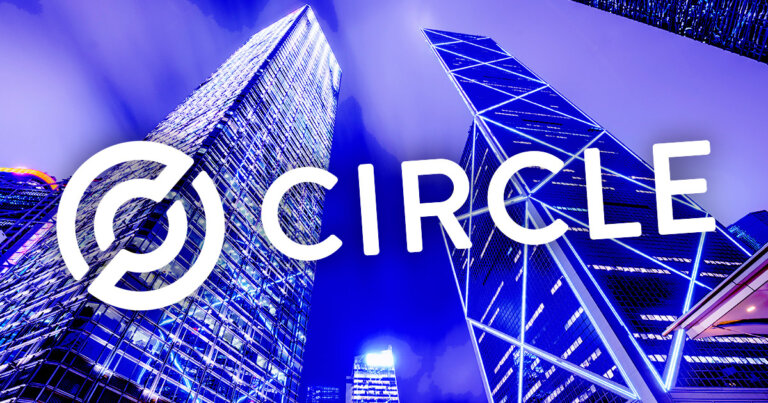 Asia is a ‘huge area of focus’ for Circle, especially Hong Kong: CEO Jeremy Allaire
Asia is a ‘huge area of focus’ for Circle, especially Hong Kong: CEO Jeremy Allaire Asia is a ‘huge area of focus’ for Circle, especially Hong Kong: CEO Jeremy Allaire
Allaire said that the developments in Hong Kong might reflect how the crypto market grows in Greater China.

Cover art/illustration via CryptoSlate. Image includes combined content which may include AI-generated content.
Circle, the issuer of USD Coin (USDC,) is carefully monitoring emerging crypto markets across Asia. There’s “enormous demand” for U.S. dollar-backed stablecoins in emerging markets, and “Asia is really central to that,” CEO Jeremy Allaire told Bloomberg.
Therefore, “Asia is a huge area of focus for us,” he said. Specifically, Circle is keeping an eye on regulatory developments in Hong Kong – which aims to establish itself as a crypto hub. Hong Kong approved retail crypto trading on June 1, marking a significant step forward in achieving this goal. Allaire noted:
“Hong Kong [is] clearly looking to establish itself as a very significant center for the digital asset markets and for stablecoins and we’re paying very close attention to that.”
He added that the regulatory developments in Hong Kong may reflect how the crypto markets will grow in Greater China.
The Circle CEO’s comments came weeks after the company secured a Major Payment Institution license in Singapore on June 7, enabling it to distribute USDC “more fully in the region.”
Allaire does not believe a single market will become dominant. He said markets like Singapore, Hong Kong, Tokyo, U.A.E, Paris, London, and the U.S. are “moving forward in parallel” – adding not one market will win at the “expense of the other.” Instead, all these markets “serve different dimensions of the economic system.”
Regulatory outlook for stablecoins
There is a global drive for countries to implement stablecoin regulations. Japan, for instance, introduced its stablecoin regulatory framework on June 1. According to Allaire, this push signifies that fiat-linked digital currencies are “about to become a part of the mainstream global financial system.”
Allaire said stablecoins need a “full reserve model,” where the assets could mix cash and short-duration Treasury bills. He added:
“…if you have that foundation as the asset base, and that’s regulated and looked after by banking supervisors, you’ll actually have the safest fiat digital instruments in the world.”
Allaire is confident that stablecoins like USDC will remain outside the U.S. Securities and Exchange Commission’s (SEC) purview.
He contended that some stablecoins may behave in a way that classifies them as securities, bringing them under the control of the SEC. However, he said payment tokens like USDC “clearly are not going to be subject to SEC” oversight.



















































































































